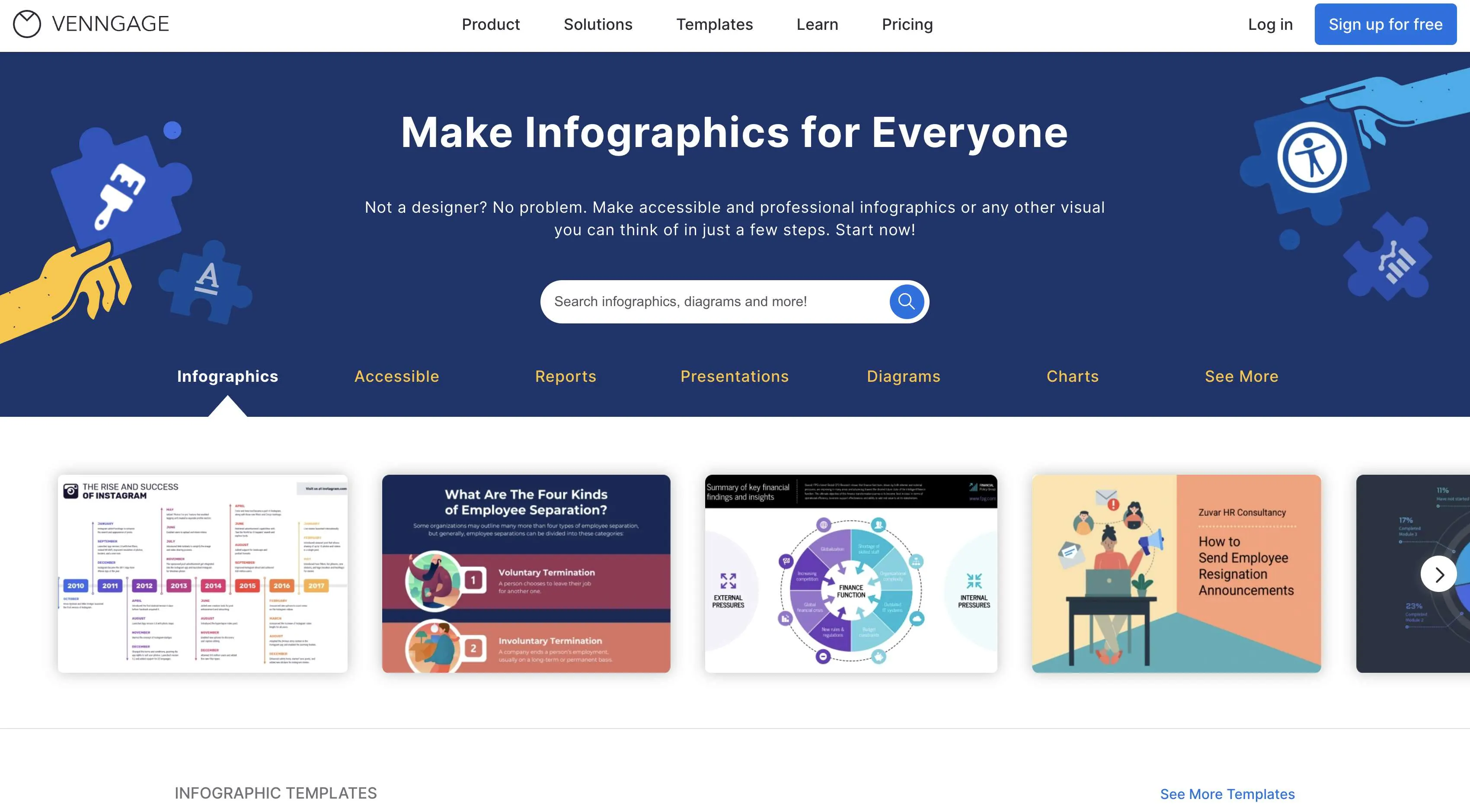Just How Reliable Website Design Can Increase User Experience and Conversions
In the increasingly affordable electronic landscape, effective web style plays a critical duty in boosting individual experience and driving conversions. As we discover the key aspects that contribute to successful web design, it becomes apparent that the influence on user complete satisfaction and conversion prices is profound.
Relevance of User-Centric Design
In the world of website design, focusing on user-centric layout is paramount for producing reliable digital experiences. This strategy concentrates on comprehending the needs, choices, and behaviors of individuals, making certain that electronic user interfaces are accessible and intuitive (Web design). By integrating user feedback right into the style procedure, internet developers can craft experiences that resonate with their target audience, ultimately resulting in increased involvement and satisfaction
User-centric design emphasizes usability, which is important for maintaining individuals and minimizing bounce prices. When customers can browse a site effortlessly, they are more likely to explore its web content and convert right into consumers.

Crucial Element of Effective Layout
Efficient format acts as the backbone of user-centric internet layout, translating customer needs into visual frameworks that help with interaction. An efficient format focuses on web content with a clear pecking order, directing users' eyes to crucial info. This pecking order is frequently established using spacing, size, and color, ensuring that crucial aspects stick out.
Another crucial element is making use of whitespace, which stops congestion and boosts readability. Web design. Whitespace permits components to take a breath, making the overall design show up cleaner and easier to navigate. Furthermore, consistency in design aspects, such as colors and typefaces, promotes knowledge and trust, enabling individuals to browse the site with greater ease
Grid systems can additionally be very useful, giving a structure that lines up material realistically and aesthetically. This positioning enhances the customer experience by developing a structured aesthetic circulation. Furthermore, versatility in layout-- like receptive design-- makes sure that websites do well across numerous tools, dealing with diverse individual preferences.
Ultimately, an effective design not just mesmerizes customers but likewise encourages them to involve more deeply, inevitably satisfying and driving conversions organization objectives. By concentrating on these essential elements, developers can create layouts that reverberate with individuals and boost their general experience.
Navigational Finest Practices
Clear and instinctive navigating is essential for enhancing customer experience on a website. A well-structured navigating system enables users to locate details rapidly, which straight impacts their fulfillment and possibility of conversion - Web design. Carrying out a hierarchical structure is vital; utilize categories and subcategories that logically team associated material, making it simpler for site visitors to check out
Uniformity in navigation components is likewise important. Make certain that buttons, web links, and food selections preserve harmony stylishly, shade, and placement across all web pages, providing users with a familiar structure as they navigate. In review addition, use detailed labels for navigating items. Instead of generic terms, opt for clear tags that properly reflect the content, aiding users in making informed choices.

Mobile Responsiveness and Accessibility

Ease of access, on the other hand, concentrates on making web sites usable for people with impairments. This includes adhering to guidelines such as the Web Web Content Availability Guidelines (WCAG), which attend to issues like color contrast, message size, and keyboard navigation. By executing these standards, web designers can develop comprehensive experiences that cater to a broader audience, therefore enhancing user involvement and contentment.
Moreover, mobile responsiveness and access not just boost user experience however likewise positively impact search engine rankings. Online search engine prioritize mobile-friendly and accessible sites, making them more probable to appear in appropriate search outcomes. Investing in these aspects of internet layout not just satisfies customer requirements however likewise contributes to overall organization success with raised visibility and enhanced conversion prices.
Measuring Success Through Analytics
Tracking user communications and behaviors with analytics is important for examining the success of a website. By leveraging tools such as Google Analytics, businesses can collect essential data that exposes how individuals engage with their site. Metrics such as bounce rates, ordinary session period, and conversion prices supply insights right into user actions and can highlight areas for renovation.
Understanding individual demographics and website traffic sources additionally enhances an internet site's effectiveness. This data enables web developers to tailor content and layout elements to better satisfy the demands of their target audience. Additionally, tracking specific individual journeys aids determine potential bottlenecks in the conversion funnel, making it possible for companies to maximize their internet layout appropriately.
A/B testing various design elements can give concrete evidence of what resonates with users, allowing for notified choices based on real-world performance. Inevitably, determining success through analytics not just boosts individual experience yet also drives conversions, making certain that internet style efforts straighten with organization goals.
Final Thought
In conclusion, efficient internet design plays a crucial role in improving user experience and driving conversions. Inevitably, gauging success via analytics permits for continual he said improvement, making sure that layout techniques remain lined up with customer demands, thereby cultivating company development and success.
In the progressively affordable digital landscape, effective internet layout plays a crucial duty in enhancing individual experience and driving conversions. By incorporating customer comments right into the layout process, web designers can craft experiences that reverberate with their target audience, eventually leading to enhanced involvement and contentment.
Ultimately, the relevance of user-centric style lies in its ability to create purposeful communications i was reading this that drive conversions and foster long-term partnerships with users, making it an important part of successful web style methods.
Inevitably, determining success via analytics not only enhances customer experience but likewise drives conversions, making sure that web layout efforts line up with company purposes.In conclusion, efficient web design plays an essential duty in boosting user experience and driving conversions.